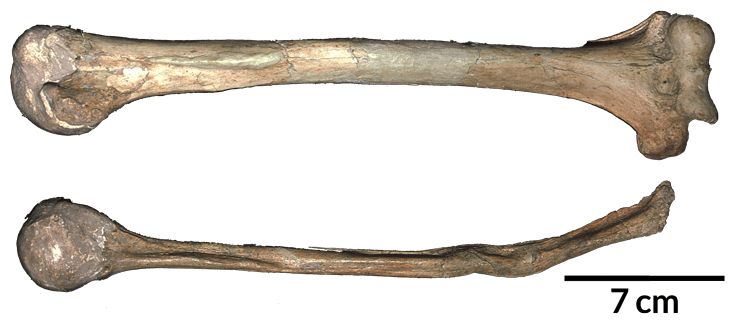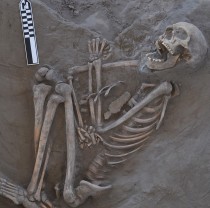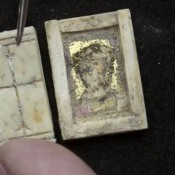A comparative analysis of Neanderthal bone fractures and modern day injury patterns attempts to define whether we can understand how Neanderthal trauma was caused.
The study was inspired by a paper by Berger and Trinkaus which also compared trauma patterns from fossils and modern injuries in an effort to trace the activities that led to the anatomical distribution of Neanderthal trauma. The authors then found the best modern examples of Neanderthal-like injuries among Rodeo riders, who suffer mostly from head and upper body injuries and less from limb injuries. The new study, by Libby Cowgill of the University of Missouri in Columbia and anthropologist James Bain, found that Neanderthal fossils indicate upper body injuries similar to those caused today by activities such as water tubing or mishaps involving tables.
The reason why scientists have been trying to define how Neanderthals would be injured is to extract conclusions about their activities and gain a better insight into their lifestyle.
According to the new study, about 30 percent of Neanderthal trauma is on the face and head, a rate much lower than that caused by modern activities. Cowgil and Bain examined fracture data from the National Electronic Injury Surveillance System, which gathers information on injuries from hospitals. They found that there were fewer injuries to the head and many more on the hands among Rodeo riders than reported in the 1995 paper.
Erik Trinkaus, co-author of the first study on the subject, later on also challenged the initial conclusion they had reached in 1995, on the grounds that this type of injuries might have been caused in other types of activities or that Neanderthals who could not move due to lower-body injuries wouldn’t have reached rock-shelters where most fossils have been found.
The result of the study is that we cannot extract interpretations of past behaviours by examining modern trauma patterns, since the variety of specific activity patterns that can generate a single distribution pattern is quite wide.
The data were presented by Libby Cowgill at the 86th annual meeting of the American Association of Physical Anthropologists in New Orleans.





